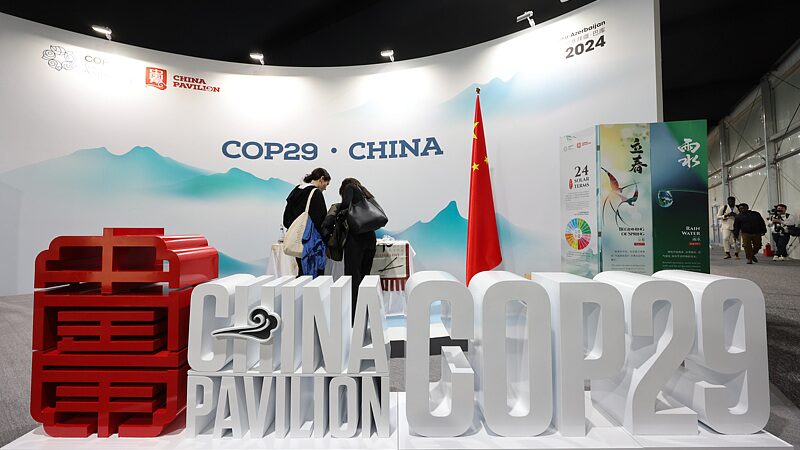As global leaders gather for #COP29 in Baku, cities are emerging as the battleground for climate action. With 75% of CO2 emissions coming from urban areas, the stakes couldn’t be higher—especially for rapidly growing regions like the Chinese mainland, where 70% of residents will live in cities by 2030.
Heatwaves, Landslides, and Health Risks
A new World Resources Institute (WRI) study paints a stark picture: Under a 3°C warming scenario, Chinese cities could see 70% more extreme heat days, with the Yangtze River Delta and Pearl River Delta facing Netflix-worthy heatwaves 🥵. Extreme rainfall may also spike landslide risks by 13%, while diseases like malaria creep northward. Talk about a real-life ‘Game of Thrones’ winter—except this isn’t fiction.
From Mitigation to Adaptation
China’s urbanization strategy is doubling down on climate resilience. Think green infrastructure, smarter city planning, and policies to slash emissions. As Xie Zhenhua, China’s former climate envoy, emphasized: “Coordinating mitigation and adaptation is non-negotiable.” But with G20 nations lagging on net-zero goals, the clock is ticking ⏳.
Why It Matters for Gen Z
Climate change isn’t a distant threat—it’s shaping cities, economies, and public health NOW. For young professionals, students, and travelers, understanding these risks (and solutions) is key to thriving in a greener future. Let’s just say: Investing in resilience today beats paying for disasters tomorrow. 💸
Reference(s):
Mitigation and adaptation: Building urban resilience to climate risks
cgtn.com


